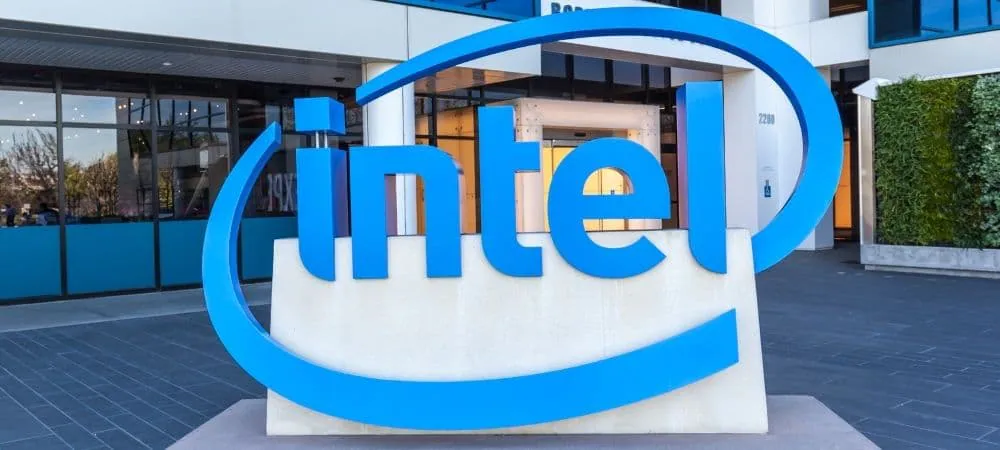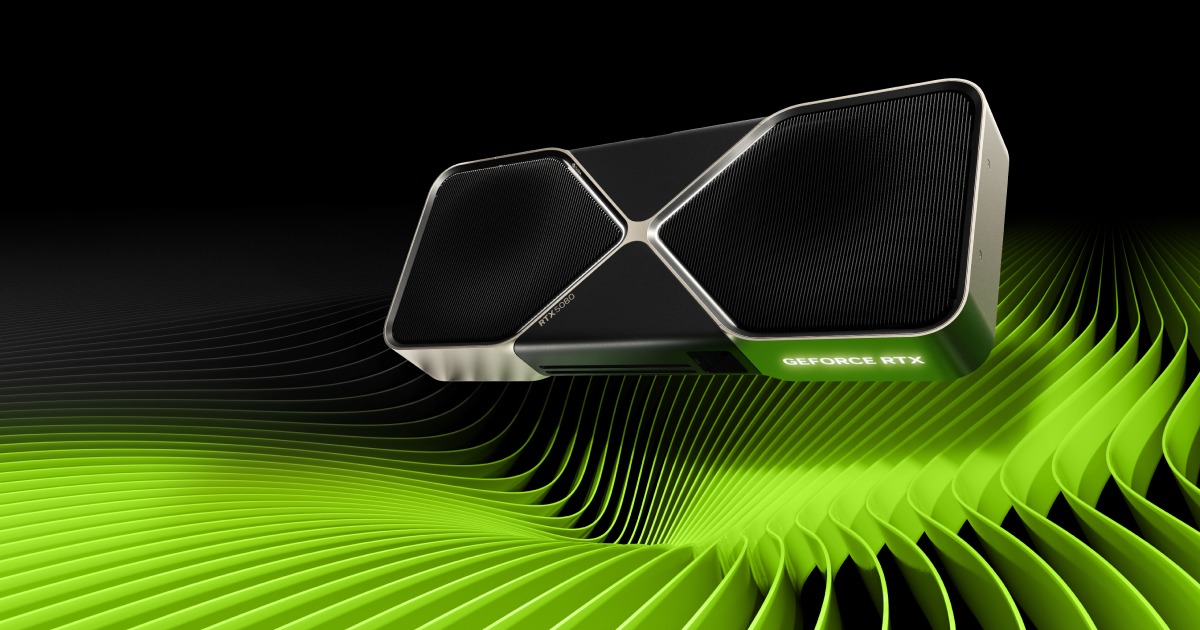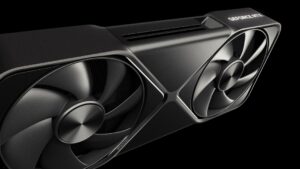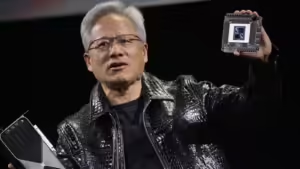
Why Intel Lost Its Edge: Uncovering the Decline and Future Outlook
How Intel Lost Ground in the Processor Race: A Deep Dive into the Rise and Fall
Introduction
Intel, once a dominant force in the processor market, has faced significant challenges in recent years, resulting in a notable slowdown compared to its competitors. Understanding the factors behind Intel’s decline provides insights into the broader dynamics of the technology industry and highlights the competitive landscape that now favors companies like AMD and ARM.
The Rise of Intel
1. Early Dominance
- Innovation: Intel established itself as a leader in the processor market with groundbreaking innovations such as the 4004, the world’s first microprocessor, and the subsequent x86 architecture.
- Market Leadership: Throughout the 1990s and early 2000s, Intel’s processors were the backbone of personal computers, driven by its focus on performance improvements and technological advancements.
2. Strategic Decisions
- Tick-Tock Model: Intel’s “Tick-Tock” strategy, which involved alternating between shrinking process nodes (Tick) and introducing new microarchitectures (Tock), kept the company at the forefront of processor technology for years.
- Dominant Products: Intel’s Core and Xeon processor lines became industry standards, cementing its market dominance.
The Slowdown: Key Factors
1. Process Technology Challenges
- Delays in Process Node Shrinks: Intel faced significant delays in transitioning to smaller process nodes. The shift from 14nm to 10nm technology was plagued by manufacturing challenges, which affected the company’s ability to keep up with competitors.
- Manufacturing Issues: Difficulties in ramping up production for 10nm processors led to supply constraints and slower product releases.
2. Increased Competition
- AMD’s Resurgence: AMD’s Ryzen processors, built on the Zen architecture, offered competitive performance at attractive price points. AMD’s use of advanced 7nm technology provided a significant performance boost and efficiency gains over Intel’s offerings.
- ARM Architecture: ARM’s focus on energy efficiency and performance per watt gained traction, particularly in mobile and embedded markets. ARM-based processors began to challenge Intel’s dominance, especially in the low-power and mobile segments.
3. Strategic Missteps
- Focus Shift: Intel’s emphasis on developing its own fabs and processes while competitors outsourced production led to inefficiencies and missed opportunities to leverage advanced manufacturing technologies.
- Overemphasis on PCs: Intel’s heavy reliance on the PC market made it vulnerable to shifts in consumer behavior and declining PC sales, while competitors diversified into emerging markets.
Competitive Advantages of Rivals
1. AMD’s Advantage
- Technological Innovation: AMD’s use of advanced manufacturing processes and innovative architectures (e.g., Zen and RDNA) allowed it to deliver high-performance processors with better power efficiency and lower costs.
- Aggressive Pricing: AMD’s competitive pricing strategy helped it capture significant market share, appealing to both consumers and businesses.
2. ARM’s Growth
- Power Efficiency: ARM’s architecture, known for its power efficiency, became increasingly popular in mobile and IoT devices. Its design flexibility allowed manufacturers to create custom chips tailored to specific needs.
- Ecosystem Expansion: ARM’s broad ecosystem and partnerships facilitated its adoption across various platforms, including smartphones, tablets, and increasingly, laptops and servers.
Although Intel’s Current Position
Although Intel continues to be a key player in the semiconductor industry, its processors are currently seen as lagging behind those of its competitors. The company’s previous missteps and delays in technology transitions have impacted its market position. As a result, Intel is still in the process of overcoming these challenges and reclaiming its competitive edge in the market. The delay in catching up has made it difficult for Intel to regain its former dominance.
The Future Outlook for Intel
1. Technological Recovery
- Process Technology Advancements: Intel is working on new process technologies, including its upcoming 7nm and 5nm nodes, aiming to regain its competitive edge in manufacturing.
- Architectural Innovations: The company is investing in new architectures, such as Alder Lake and Sapphire Rapids, to address performance and efficiency gaps.
2. Strategic Shifts
- Focus on Diversification: Intel is expanding its focus beyond traditional CPUs to include areas like AI, data centers, and automotive technologies.
- Collaborations and Investments: Strategic partnerships and investments in next-generation technologies aim to reestablish Intel’s position as a leader in the semiconductor industry.
Conclusion
Intel’s decline in the processor race is a result of several interrelated factors, including process technology challenges, increased competition from AMD and ARM, and strategic missteps. Although Intel remains a significant player in the semiconductor market, it is still working to overcome the impacts of its earlier setbacks. The company’s future success will depend on its ability to innovate, adapt, and effectively compete in an ever-evolving technological landscape.
























Post Comment